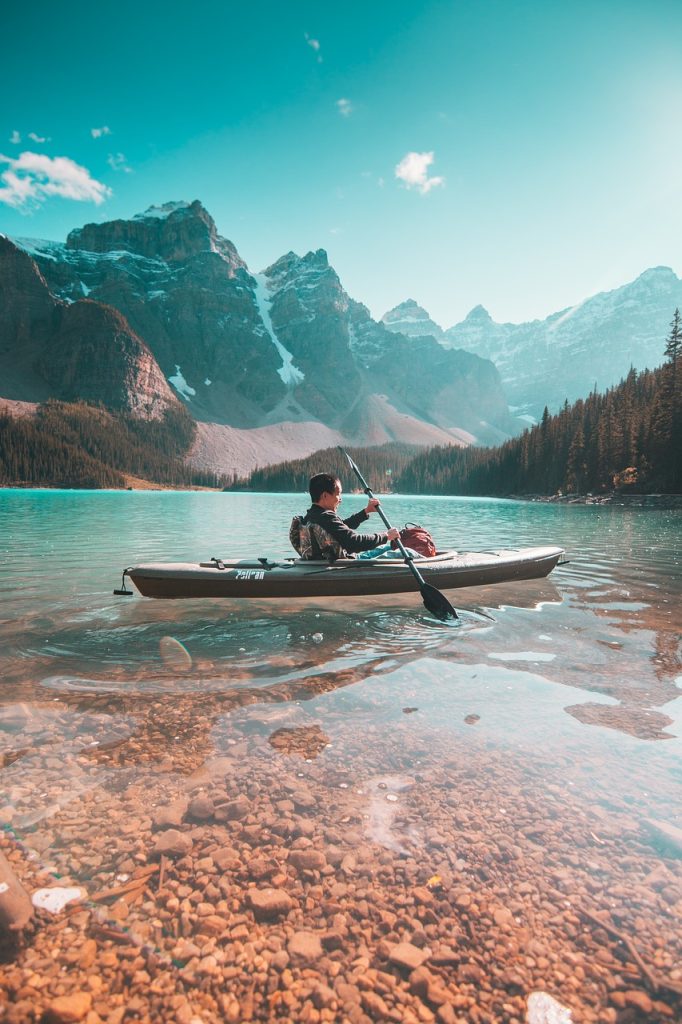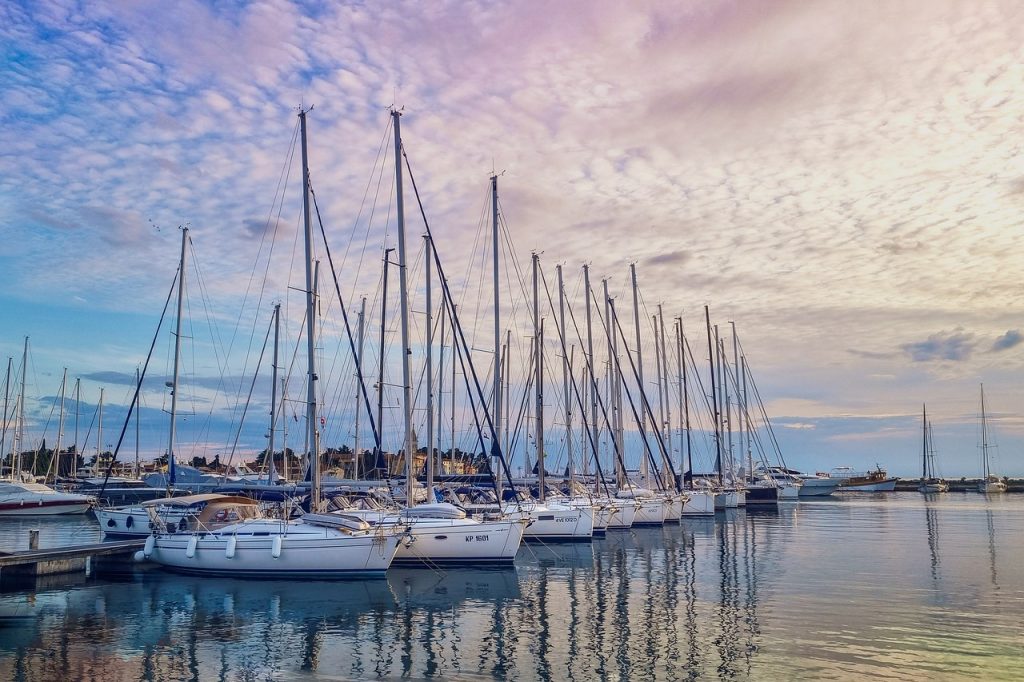Fishing and angling are not just hobbies; they’re traditions, sports, and even meditative practices for many around the world.
Figuring out the Essentials: Fishing versus Calculating
While frequently utilized reciprocally, “fishing” and “calculating” have unpretentious contrasts. Fishing by and large alludes to the demonstration of getting fish using any and all means, whether it’s with nets, traps, or a casting pole.
Calculating, notwithstanding, is a particular sort of fishing that includes utilizing a bar, reel, line, and snare. Most sporting fishers are fishermen, and the game has fostered its own arrangement of particular strategies, hardware, and practices.
Fly fishing is a famous method that utilizes a lightweight “fly” (a lure looking like a little bug) to draw in fish. Rather than projecting trap straightforwardly into the water, fishermen utilize a particular projecting strategy to reproduce a fly’s development.
Fly fishing is particularly famous for getting trout and salmon in waterways and streams, but on the other hand it’s viable for freshwater and saltwater species.
Saltwater Fishing
Saltwater fishing happens in seas and oceans and incorporates inshore and seaward strategies. Inshore saltwater fishing is for the most part near shore and is great for getting species like redfish, snook, and tarpon. Seaward, or remote ocean fishing, happens farther and targets bigger fish like marlin, fish, and swordfish.
Saltwater fishing requires specific poles and reels to deal with the strength of bigger fish and endure the destructive impacts of saltwater.
Freshwater fishing happens in lakes, waterways, and lakes, and it’s one of the most available sorts for amateurs. Species like bass, trout, catfish, and roost are normal targets. Freshwater fishing can go from comfortable fishing in a tranquil lake to the energy of quick stream calculating. The stuff is much of the time lighter and more affordable than that required for saltwater fishing.
Ice fishing is a one of a kind technique rehearsed in cool environments. Fishermen drill openings in frozen lakes and fish through them, commonly while protected in an ice shanty. The casting poles utilized are more limited, and concentrated gear like drills (for boring openings) and fish locaters (for finding fish under the ice) are many times fundamental. Normal gets incorporate walleye, pike, and panfish.
Casting poles and reels come in different sizes and styles. Turning bars are adaptable and easy to understand, appropriate for novices. Baitcasting bars are all the more impressive and exact yet expect ability to work. Fly bars, utilized in fly fishing, are lightweight and intended for projecting counterfeit flies. Reels should be matched to the pole and ought to deal with the sort of line and bait you intend to utilize.
Fishing lines fluctuate in strength (estimated in pound-test), material, and stretch. Monofilament is a well known decision for fledglings, offering great flexibility and sturdiness. Fluorocarbon lines are almost imperceptible in water and impervious to scraped spot, making them extraordinary for clear water.
Plaited lines have high strength with minimal stretch, ideal for remote ocean fishing and weighty draws. Picking the right line relies upon the fishing style, area, and target species.

Snares are picked in view of the size of the fish you’re focusing on. Goads can be live, similar to worms and minnows, or counterfeit, like plastic worms and engineered snares. Baits come in many structures, each impersonating different prey.
Topwater baits float and draw in fish to the surface, while crankbaits and dances are intended for various profundities. Trying different things with different draws assists you with finding what turns out best for various fish species.
Extra gear incorporates fishing supply containers for putting away snares and baits, nets for landing fish, and pincers for eliminating snares. Enraptured shades lessen glare and assist you with seeing fish submerged, while a decent fishing vest or belt keeps gear open. Fish locaters and GPS gadgets can be important for serious fishermen who need to follow fish areas and investigate new waters.

